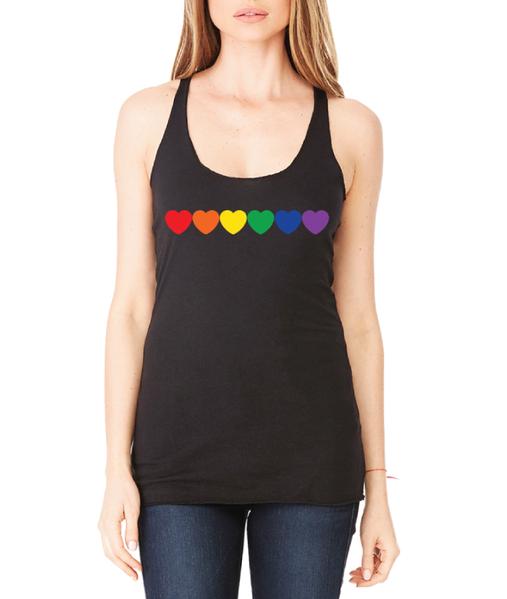We currently live in one of the most inclusive and accepting generations in our nation’s history. One particularly important issue everyone has begun to discuss more openly? The topic of sexuality identity and orientation. Older creations, such as the Kinsey Scale, along with newer ones, such as the development of a new lexicon that’s fully gender inclusive, have led to conversations on topics we couldn’t have imagined before. We’ve progressed so far in the past two years when same-sex marriage became a constitutional right across the United States.
While it’s important to keep up with the ever-changing terms and topics of the time, we need to look back and understand the origins of what we continue to fight for today.
*The term “LGBTQ+” will be used to refer to the community throughout this piece. The author recognizes the validity of other orientations not listed by these letters, but for the purposes of clarity and conciseness, only these letters will be used.
History of the Kinsey Scale
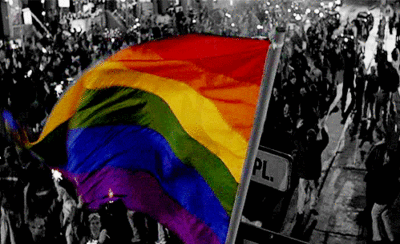
Among the many key events in LGBTQ+ history, one of the earliest and most enduring involves the creation of the Kinsey Scale. It’s a seven-point scale intended to describe someone’s sexual orientation based on their sexual behavior. Its author, Alfred Kinsey, a biologist and professor of entomology and zoology, gained most of his recognition for his work as a sexologist. That’s a scientist who studies human sexuality, including human sexual interests, behaviors and functions.
In 1948, he published a report called Sexual Behavior in the Human Male where he famously debuted his scale of sexualities, then known as the Heterosexual-Homosexual Rating Scale. “The Kinsey Scale was created to quantify human sexual experience. It runs from zero to six, with zero being exclusively heterosexual and six being exclusively homosexual,” said Mac Freudenrich, 2017 graduate of American University with a degree in Women’s, Gender and Sexuality Studies. “There’s also a separate category, ‘X,’ which can be applied to people who don’t have sex or don’t desire sex.”
The Kinsey scale is generally denoted as so:
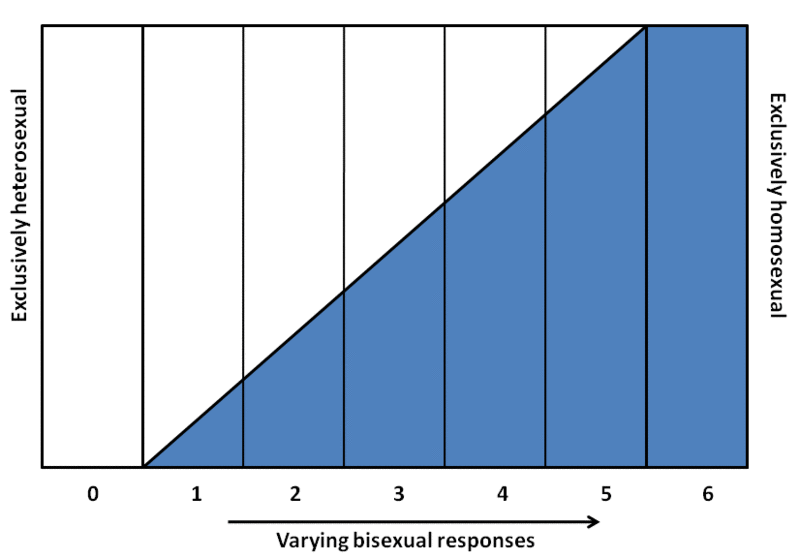
0 – Exclusively heterosexual
1 – Predominately heterosexual, only incidentally homosexual
2 – Predominately heterosexual, but more than incidentally homosexual
3 – Equally heterosexual and homosexual (bisexual)
4 – Predominately homosexual, but more than incidentally heterosexual
5 – Predominately homosexual, only incidentally heterosexual
6 – Exclusively homosexual
X – No socio-sexual contacts or relations (asexual)
The Pros
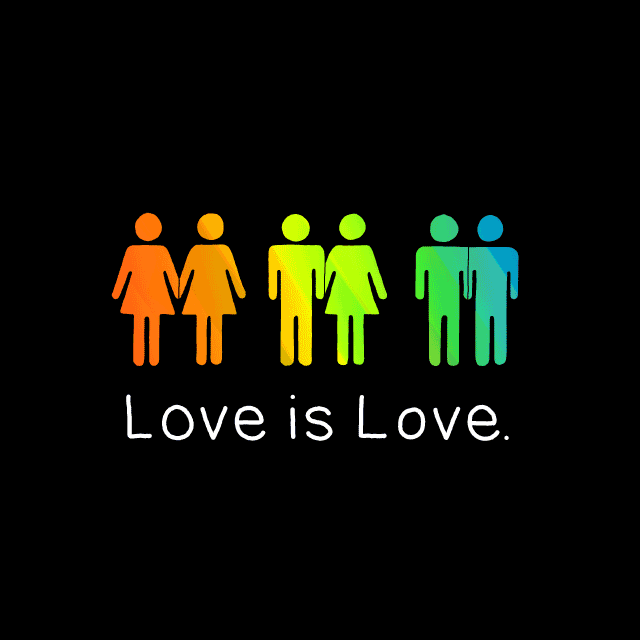
The Kinsey Scale was revolutionary at the time of its creation. For the first time it suggested people didn’t always fit into exclusively heterosexual or homosexual categories. It also suggested sexual behaviors, thoughts and feelings could change over time. “I think that it really opened up the conversations about sexuality being a spectrum,” said Lola Estok, a sophomore at Savannah College of Art and Design and a member of the LGBTQ+ community.
We’ve come a long way since the scale’s publication, but its impact remains. “We’re on a different plane now in terms of our understanding on gender and sexuality, but in the past [the scale] was extremely important in explaining bisexuality (and other orientations) to groups of people who just wouldn’t have been able to fathom it,” said Benn Iffrig, 2017 graduate from Temple University and a member of the LGBTQ+ community.
Not only did the scale help to develop a greater societal understanding of different sexual orientations, it has also contributed to many LGBTQ+ individuals discovering their own identity. “It has helped me and so many other people make their sexuality more accessible and easy to understand both to themselves and others,” Ilana Schreiber, a Women’s, Gender and Sexuality Studies major at American University said. “I’ve swung between a lot of labels and being able to say there was an option—a 4.5, say—has been really helpful for me and helped me to realize that sexuality is a broader spectrum than I thought.”
Keep in mind the validity of these tests sometimes fall into disputable territory. However, they do serve as a good guide or at least discussion starter for anyone questioning their identity.
The Cons
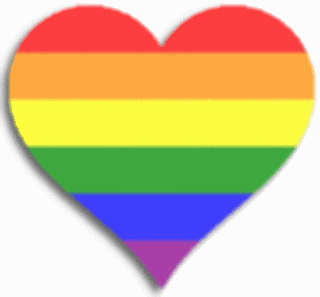
While many agree the Kinsey Scale marks itself as an incredible landmark in LGBTQ+ history, not everyone favors it. Some of the terms it uses and ideas it suggests have become increasingly outdated. Iffrig said, “[The scale] seems to be the sort of thing that queer people know about, but that straight people have never heard of. I’ve personally never heard a bisexual friend use the scale to describe themselves to other people, though I’m sure there are bisexuals who find it useful in defining their sexuality.”
And while the scale has proven helpful to many people, it has many not-so-helpful components. For one, it lacks clarity. “It’s by no means comprehensive—it just talks about whom you are attracted to and assumes that that attraction is both romantic and sexual,” said Schreiber. What is romantic attraction, really? Romantic attraction, or “romantic orientation” has its own category (AKA who you desire to start a romantic relationship with).
Romantic orientations can and often play a role in sexual attraction, but do not always line up with sexual orientation. For example, someone may be heteroromantic (romantically attracted to the opposite sex) but pansexual (sexually attracted to people of all genders). It’s also worth stressing Kinsey focused mostly on behavior and not desire, although the scale attempts to quantify both. This becomes problematic in many ways, particularly for those who identify as asexual. These individuals may participate in sexual behaviors and therefore constitute a score despite not experiencing sexual attraction.
Other issues include the fact that the Kinsey Scale functions based on binaries—with two that present many problems. For instance, the scale has its basis on the gender binary, which is not only inaccurate but also exclusionary. The fact that the scale only has “straight” or “gay” presumes there are only two genders. This cancels out the possibility of attraction to other genders. Or for gender non-conforming individuals to use the scale, as they have no “opposite.”
This weaves into the next binary where the Kinsey Scale really only suggests “straight” or “gay.” But you’ll find many more sexual orientations, which have to do with different combinations of attraction to different genders. Additionally, although the scale includes bisexuality, it’s considered “equal attraction.” That’s often not the case. And for some, the attraction is not for the binary genders, but instead any combination of two genders. “To me, the idea of being labeled as bisexual but ‘mostly’ heterosexual can minimize someone’s identity as bi since it relies on ‘straight’ as a default,” said Estok.
The Takeaway

Ultimately, no matter how you slice it, the Kinsey Scale marks itself as an extremely important piece of LGBTQ+ history. It not only revolutionized the way society viewed the community, but the way those in the community thought, felt and talked about themselves. These “problems” it presents, while valid, show how far we’ve come in discovering ourselves and becoming a more accepting society. We’ve gone from a time where homosexuality could warrant institutionalization to being able to hold the hand of the person we love in public without fear.
Let’s be real: We still have a way to go. But, the light of our progress shines brightly through the dreary rain of the struggles, making the bright, rainbow path that we proudly march on today.
Fluid Sexuality: What it actually looks like
Written by Katie Grotewiel
As we strive to create inclusive environments for all sexualities, we must make room for those whose identities change over time.
What does it mean to be sexually fluid?
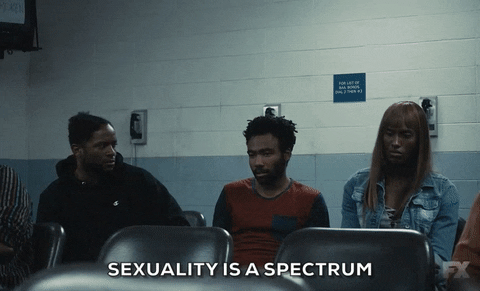
Sexual fluidity means that your identity can change over time. For example at one point, someone may feel attraction to only women and then women and nonbinary folks later on. Studies have shown that folks of all gender identities and ages can identify as sexually fluid (Katz-Wise et al).
As someone who finds comfort in concrete, definitive terms, I think it’s helpful to talk about sexuality using the Kinsey Scale. Essentially, the Kinsey Scale shows the spectrum of sexuality, with 0 being completely heterosexual and 6 being completely homosexual (one fault is that it ignores those on the ace-/aro- spectrum and in the realm of polyamory). Any numbers between 0 and 6 land one somewhere in the realm of pan-/bisexuality. Sexual fluidity kind of floats around from number to number over time.
This can be tricky for people to wrap their heads around. Why do our preferences change in the ways they do? For some, it may happen that at some points in their lives they feel more comfortable to explore those parts of their sexuality. “We could never rule out the possibility that variability in sexuality was due to cultural repression and the fact that some women were not exposed to lesbianism or bisexuality until late adulthood” (Diamond 2008). For others, they may not realize an attraction to a gender and decide to identify with a certain label. It might even happen that one feels open to all gender identities and doesn’t want to label themselves with one of the more “traditional” or generally accepted identities.
Misconceptions about Fluid Sexuality
1. Sexual identities stay the same throughout our lives

Like the above definition of sexual fluidity states, sexuality does not stay constant throughout everyone’s life. “The truth is, desire and behavior, orientation and identity do not always line up neatly. This does not mean that we all experience a degree of fluidity, but for many of us, as we age, we experience shifts in desire, behavior or identity” (Clark). For some people, yes, they may stay a Kinsey 3 or 1 or 6 their whole lives, but for others it can fluctuate. Especially with more opportunity for sexual exploration in today’s environment, the freedom to explore the fluidity of your sexuality means that more people learn more about themselves every day.
2. Sexually fluid people experience attraction to everyone without exception
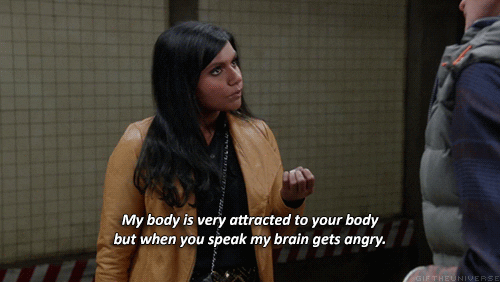
Besides the ridiculous nature of this claim, it attempts to perpetuate the idea of “owing someone sex,” and that can look pretty much the same for all kinds of relationships. This myth falls along the same line as myths about bisexuality, although they are different orientations/labels. Because of that, the mythbusting for bisexuality applies to those for sexual fluidity. “Just like everyone else, bisexual [and sexually fluid] people are attracted to particular qualities, such as personality, common interests, physical characteristics and relationships” (GLAAD). Come on people, no one has an attraction to everyone without exception. No, just because someone has a fluid sexuality does not mean they have to want to f—k you.
3. Sexually fluid people don’t have committed, fulfilling relationships
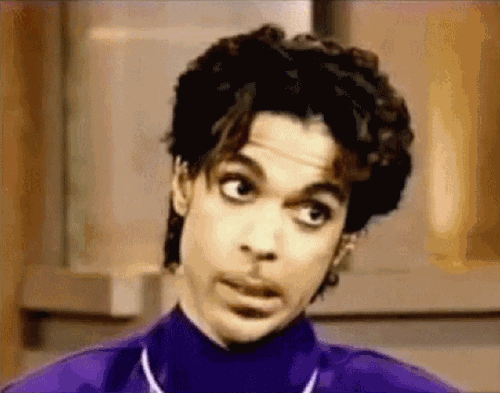
Like the myth above, this one shares the same color as a myth about bisexuality. “Many bisexuals [and sexually fluid people] are in loving, committed, monogamous relationships with one person… Bisexuals [and sexually fluid people] are not any more likely to engage in multiple relationships at one time than straight or gay people are” (GLAAD). Just because someone’s sexual identity can change over time does not mean that they don’t settle down with a partner and live a happy, fulfilled life with them.
4. Sexually fluid people exist for you and your sexual gratification

If you’re a girl swiping through Tinder, there’s a pretty high chance you’ve seen those “couples looking for a third!” profiles time and time again. I know I have. This, aside from genuine polyamorous relationships, shows a prime example of a way that (usually straight, cisgender) people try to exploit the fluid sexuality of those around them. Sexually fluid folks also seek companionship and real relationships, and we’re not here to get you off.
5. You need to explain your preferences

Mandating that someone openly talk about whom they prefer sexually can go a few different ways. Best case scenario, they get welcomed and accepted with open arms, in which case they never had to dissect their own orientation. Worst case scenario, they immediately get targeted and put in harm’s way. It’s not proper allyship to force someone to out themselves, especially in a high-stakes or public situation like in the classroom or workplace. People may choose to use different labels in different situations just for simplicity’s sake. That doesn’t make their label(s) any less valid.
Everyone should have control over what ways they choose to identify, and adding sexually fluid only provides folks with more options. No matter what label, if any, you choose to identify with, your identity remains valid. You control your own narrative. Unapologetically.
Show your support and pride with what you wear
LGBT Outfitters Rainbow Hearts Tank Top: $24.99
*Updated on July 30, 2019 by Katie Grotewiel to include the section “Fluid Sexuality: What it Actually Looks Like.”


